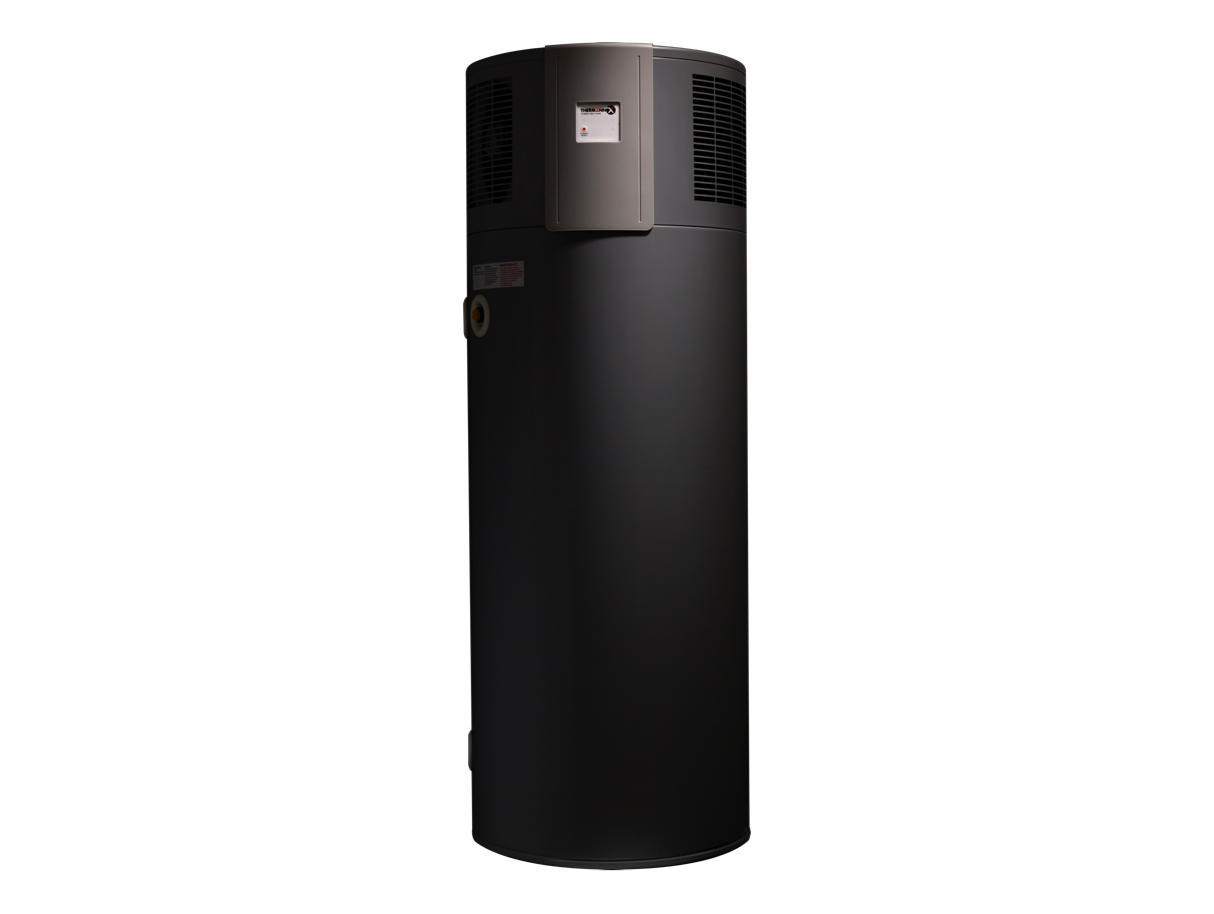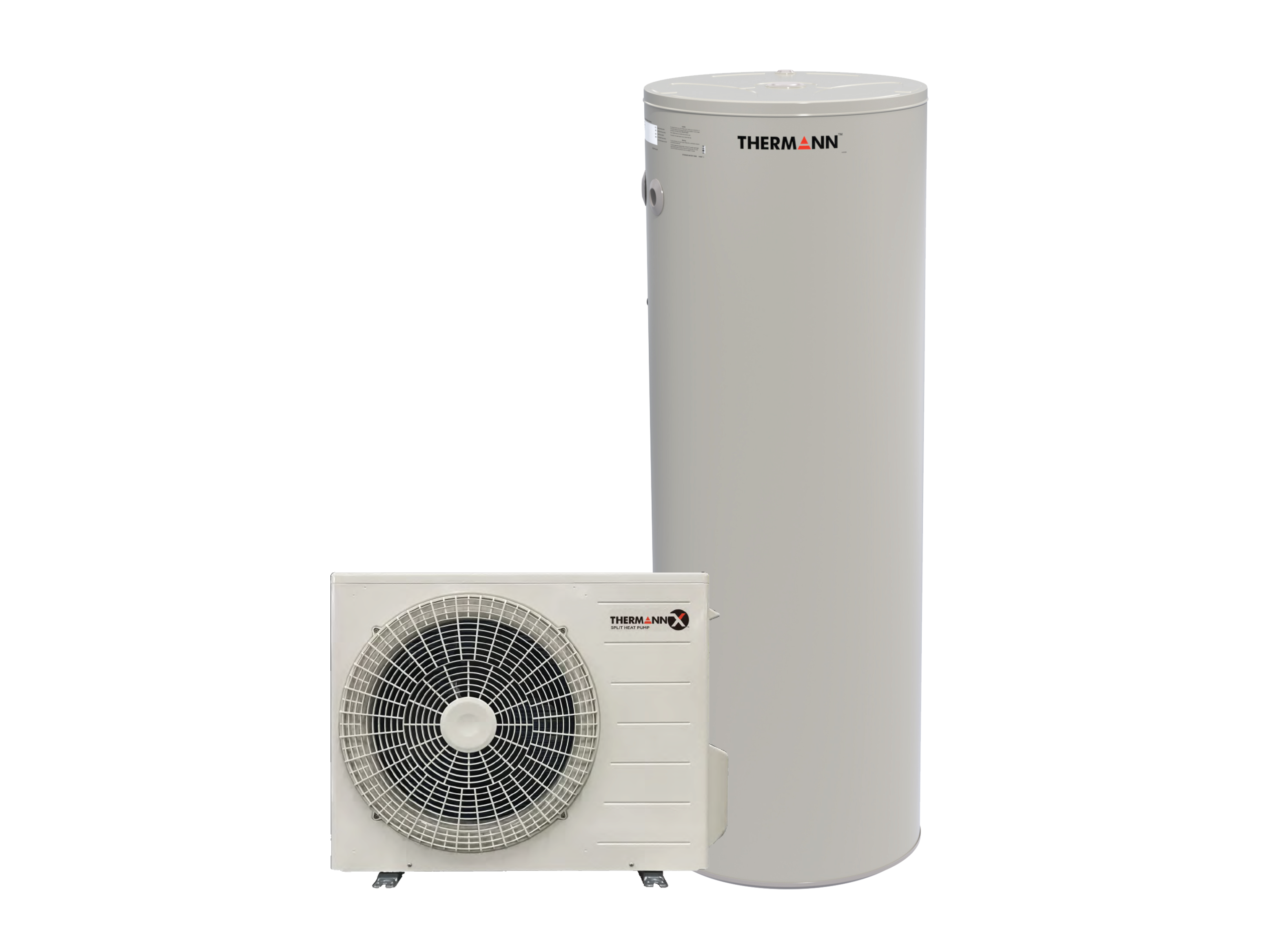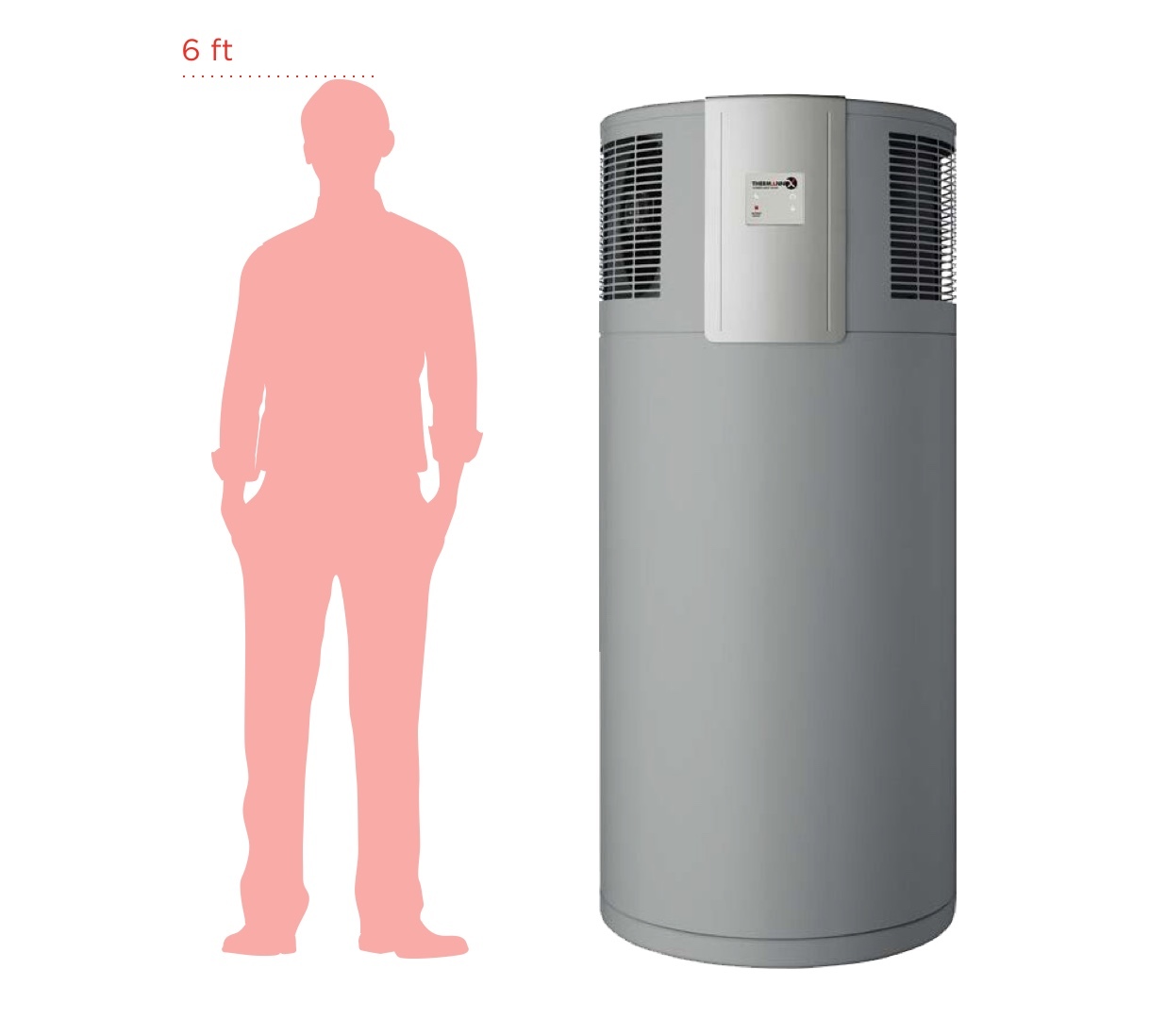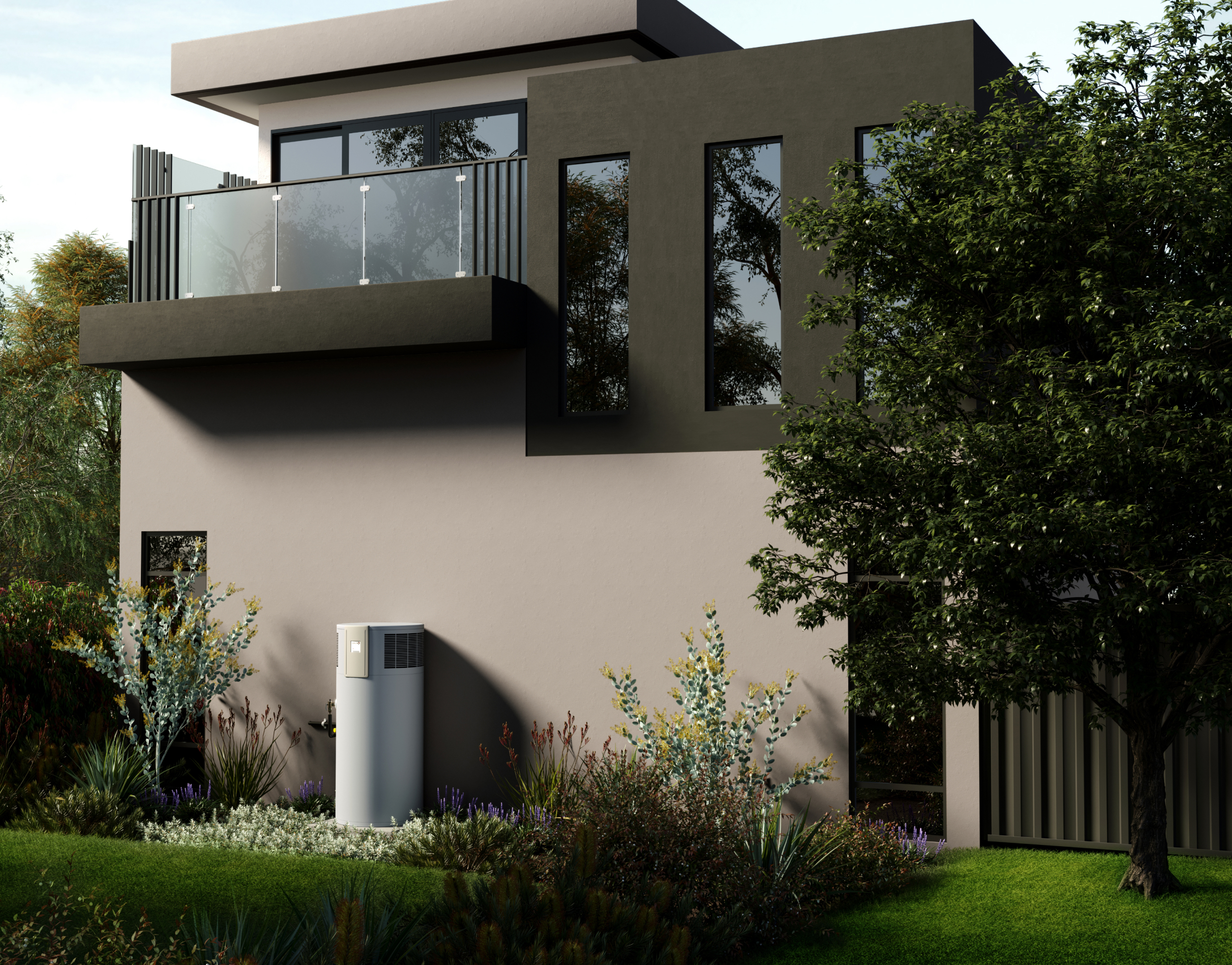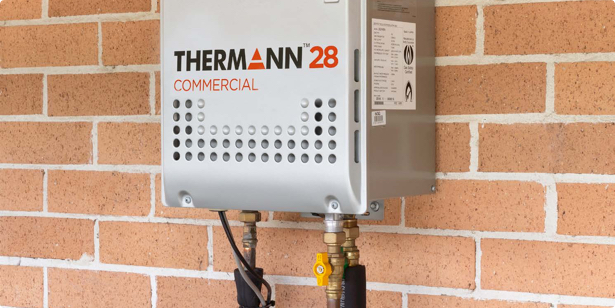
Heat Pumps
Heat pumps extract heat from the surrounding environment and use it to warm water in a tank. By utilising the ambient air temperature, they are able to achieve a high level of energy efficiency and lower running costs. Our split models allow for flexible installation options, and our integrated models are great for applications with limited space. Plus, rebates are available to reduce the initial cost.
Get the app for the Thermann Integrated Heat Pump
